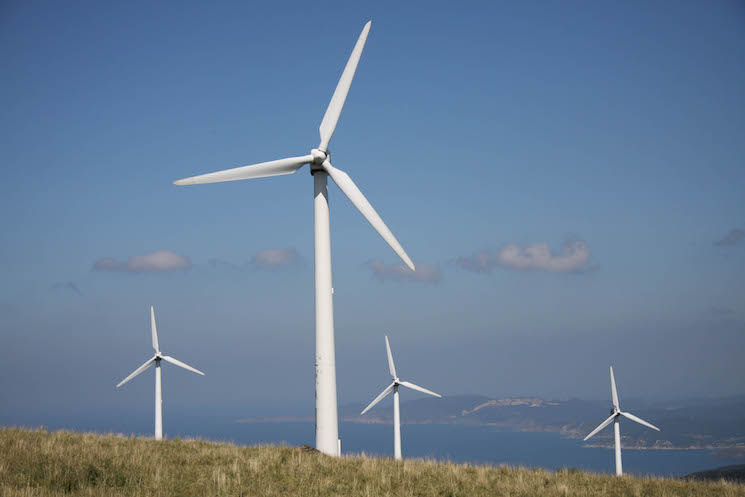By Mick Sagrillo June 24, 2014

There are times when a wind system ceases to operate, for no immediately obvious reason. The installer then must determine what went wrong and why, repair whatever went wrong and return the system to proper operating condition. While this might sound logical and simple, it often is neither.
The first step is to gather as much information as possible about what happened leading up to the problem. This includes information about recent weather (storms and especially lightning), power flickers or outages, unusual sounds from the turbine or anything else that might seem even remotely unusual. Most often, it’s an external event that damages the wind system.
The second step involves getting the customer to check any circuit breakers for the electronics. While this sounds simple to a techie, it can be a complete mystery to a “hands off” homeowner. I once drove 165 miles one way to reset a circuit breaker that the owner was sure was on. That brought the system back to life.
System documentation and photos of components are invaluable when troubleshooting long distance. Talking the homeowner through properly shutting down the system, cycling all circuit breakers, then powering the system back up sometimes gets things working again.
But not always, so then it’s time for the house call. A simplified generic checklist of how to proceed with troubleshooting any wind system includes the following:
- Check one thing at a time. Otherwise, you’ll never know which action actually corrected the situation. Do one thing, check for results due to that action, then proceed to the next action.
- On arriving at the site, just observe the system and look for any visual or auditory signals associated with the problem. If running, is the turbine making any unusual noise? Is it running under load or free-wheeling? Are controller and inverter lights lit? Is there any visual arcing at the electronics or j-boxes? Most problems with wind turbine malfunctions involve the failure to generate electricity. Sounds simple, but this is not necessarily a turbine problem. Rather, it can involve any number of components, wiring or connections between the turbine and the electronics. The following steps assume that the problem is electrical and not mechanical.
- Start with the easily accessible components (the electronics) and work to the hard-to-reach parts (the wind turbine atop the tower). Start at the breaker box and check for current through the electronics, and for input current from the turbine. Is there a utility disconnect switch and kilowatt-hour meter between the electronics and the utility that might be malfunctioning?
- One all-too-often misdiagnosed component is a lightning arrestor at the electronics or breaker box. A bad arrestor might be blown apart, or it might look innocently normal. It might short circuit or fail by opening the circuit. The only way to tell if a lightning arrestor has malfunctioned is to completely take it out of the circuit, then check to see if the turbine generates again or the electronics work.
- If the breakers, electronics and arrestors check out, the next step is to check the underground wire run from the electronics to the junction box at the tower. Isolate the cable at both ends to troubleshoot. A megohmmeter or hi-pot is required here to find opens or ground faults.
- The j-box at the tower may have been invaded by wasps or some other nest-building critter. The nest may trigger arcing across contacts and cause problems. The j-box may have its own lightning arrestor, which must be tested.
- Next is the tower wiring. Like the underground wire run, the tower wires must be isolated and tested for continuity and current leakage. There may be a j-box as well as lightning arrestors at the top of the tower, leading to the slip ring assembly.
- The slip ring assembly and brushes need to be isolated and checked for shorts, opens and leakage. Visually check them for arcing due to lightning or poor contact.
- Finally, the wind turbine with all its electrical connections needs to be checked out. Simple checks with test lights or meters can confirm that the generating device works when you rotate the generator slowly by hand. This includes checking that each phase shorts to ground and the three-phase output balance.
If all electrical components, connections, wiring and the generator check out, it’s time to turn your attention to the mechanical components of the wind turbine. Turbines differ, so take along a detailed system manual. Be sure to document what was found and done to remedy the situation for the next time the problem shows up.




